Chisel Makers Converge #2
This Eskilstunasteel Gensco chisel looks ordinary from a distance.

However a closer look reveals that it has a “1030 – 3/4” stamped on the front of the blade. 1030 was a model number used by E.A. Berg and Jernbolaget for tanged, beveled, butt chisels. Eskilstunasteel did not use that model number for their chisels.
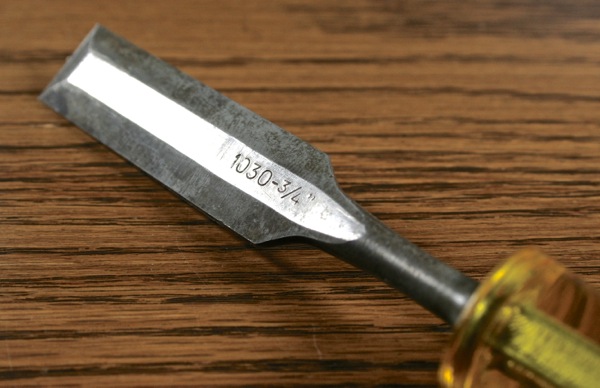
Wait a minute. The back of the blade has a Jernbolaget blade stamp on it. We’ve seen that before on a Gensco brand chisel. This was done after Bahco bought out Jernbolaget, Eskilstunasteel, and Berg circa 1959 … a perfect time to make some Frankenchisels. You can read more on this here Gensco Chisels . (Go to the bottom of that article, before the comments.)
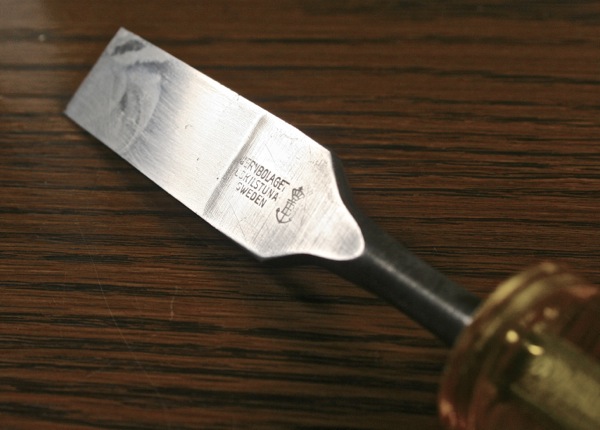
I probably would not have posted anything about the chisel above after already writing about the Bahco-Jernbolaget-Gensco merger in an earlier post. However, I found the front blade stamp interesting. First, the chisels I wrote about previously had everything etched on their back (see below). And second, the chisel above does not have a metric measurement stamped on the front of the blade. Although interesting (to me), I cannot imagine how it would be important in any way.
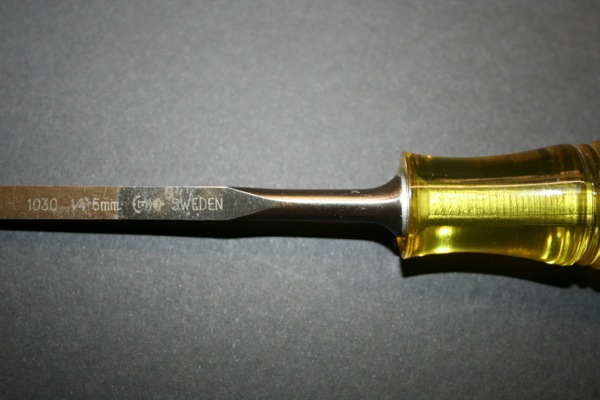
Randall Nelson sent me some photos of two interesting Berg chisels. These chisels came inside Jernbolaget packaging as shown below. (You can see “JERNBOLAGET” written on the right corner of the wrapper.)
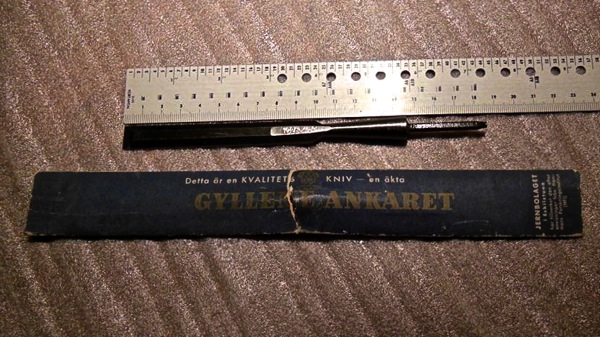
Here is the blade stamp for the 1/2″ chisel, reading “1026 – 1/2”. 1026 is the Berg and Jernbolaget model number for their tanged and beveled cabinet or firmer chisels.

Here is the Berg logo stamped on the back of the chisel. It reads “EA BERG” | “ESKILSTUNA” and has a modern version of the Berg shark stamped below the text.

Here’s a closer look at the chisel wrapper for the 5/8″ Berg chisel. The Jernboalget logo ( the “E”, Crown, and Anchor) shows up clearly on the wrapper.
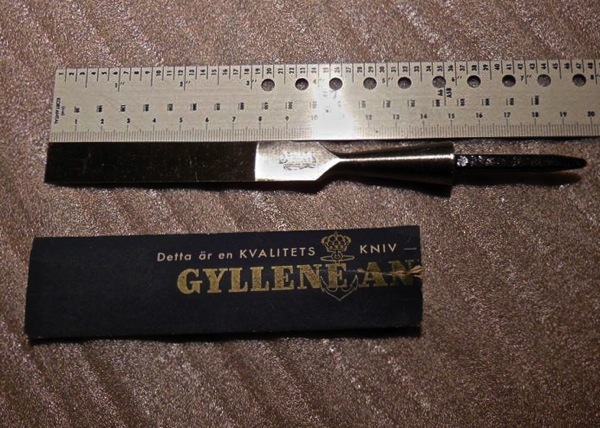
Again, the best explanation for this mix of brands is that it took place after Bahco bought out Berg and Jernbolaget circa 1959. I believe that these chisels were made and sold in the early 1960s.
Note that the above chisels are unusual in that they have a socket-style base and a squared off tang. These hybrid Berg chisels are not common. For more information on them click Berg Socket-Ferrule Chisels .
Birch:
I did not notice the socket-style base feature when I first saw these chisels! These are the ones that had the pretty, seemingly useless brass collars, aren’t they? Now I finally realize why the collars were there; these were just faux socket chisels that actually did need the brass collar, after all. These chisels represented a major, but short-lived, change in the chisel design for the merged Berg/Esteel/Jernbolaget company, soon to call itself Bacho. I wonder why they would change their manufacturing style, in the midst of all that company consolidation and personnel re-shuffling that you know must have been going on at that period. Probably someone came up with this design as a way to hopefully justify their continuing position in the shrinking company labor pool.
I really like the Berg socket-ferrule design. It looks nice (to me), the handle doesn’t fall out of the socket, and they can take a pretty good pounding. I have a three-chisel graduated set that I use frequently with my stout beech mallet.